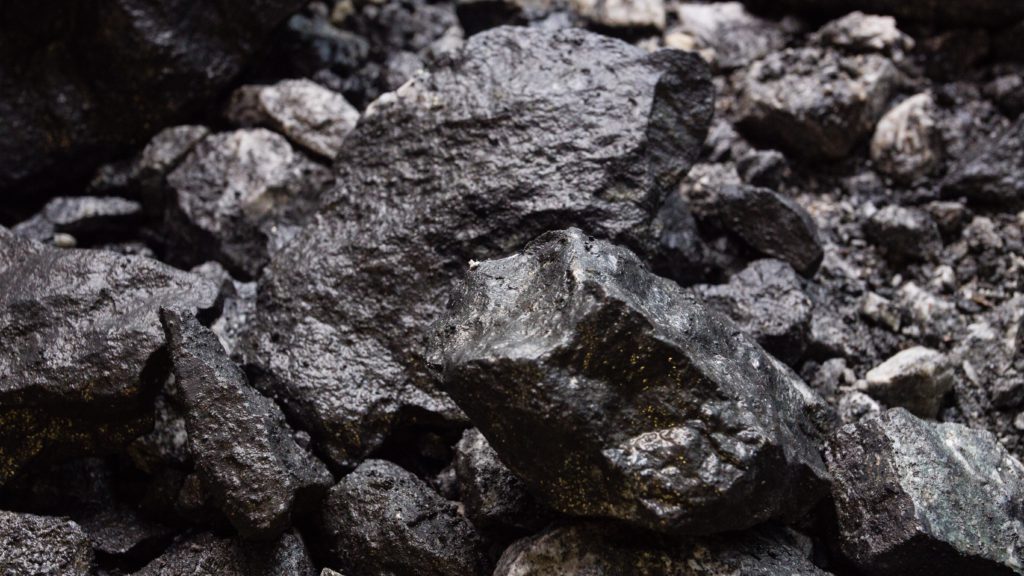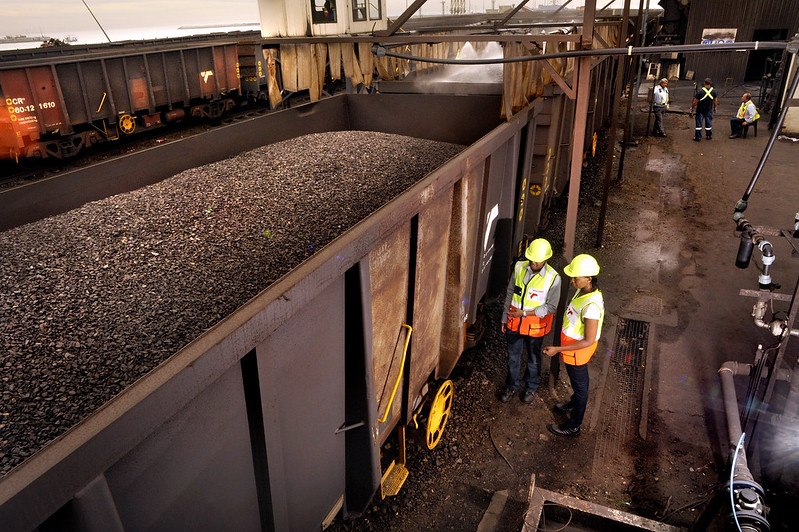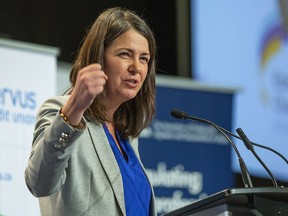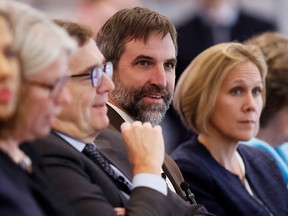Just 41 per cent of U.S. travelers said in a June 2022 sentiment survey that they had a trip to Canada planned in the following nine months. Granted this was before Canada announced an end to all entry requirements as of Oct. 1, but confidence in vacationing north of the border has taken a hit. Consider that before the COVID-19 pandemic, two-thirds of Canada’s total overnight visitors were from the U.S.
Marsha Walden, Destination Canada’s chief executive officer, says her No. 1 priority is communicating to Americans that Canada is wide open. “We've always been a very safe country to visit, but now all of those little hassle factors that used to make it a little harder to plan your trip are gone,” she says. “So it's very, very, easy now to enter Canada.”
The removal of all Covid-era restrictions—mandatory masking rules, the ArriveCAN entry app, vaccination cards, random airport testing, and potential quarantines—comes as the North American holiday season approaches. It also comes more than two years since the pandemic decimated Canada’s tourism industry.
The U.S. was Canada’s primary tourist market in 2019, with 15 million Americans visiting that year. At the close of 2021, the figure was at a dramatic low of 45,000. Tourism revenue had reached $105 billion (US$76 billion) in 2019, and continued to lag at $63 billion in 2021. The good news is that Canada’s tourism revenue could reach just 0.8 per cent below 2019 levels by the end of 2023, according to the World Travel & Tourism Council.
While Canada is bullish on European visitors, Walden says Canadian tourism always comes down to demand from Americans. “They are 68 per cent of our international visitors, 49 per cent of our revenues. It’s really up to us to make sure that they feel welcome again and they know it's easy to travel here.”
The U.S. market is also critical for Canada’s Indigenous tourism, which Keith Henry, CEO of the Indigenous Tourism Association of Canada, estimates is still at 50 per cent of 2019 levels.
“Even though the summer season was fully operational,” he says, “a lot of our southern Indigenous tourism experiences depend on drive traffic, like experiences in Manitoba, Saskatchewan, Alberta. There was very little drive volume that came in, and very little of it spilled into tourism.”
The Indigenous Tourism Association will also be pushing a “Buy Authentic” campaign in November and December, encouraging travelers to purchase Indigenous made gifts from its Indigenous Holiday Gift Guide.
“I was jumping for joy,” continues Henry, speaking about the restrictions dropping this month and the possibility that more Americans will return to such winter bucket list activities as catching the northern lights with Aurora Village or with North Star Adventures in Yellowknife, in Canada’s Northwest Territories. “They stay a little longer, they spend a little more money.”
Tony Elenis, CEO of the Ontario Restaurant, Hotel & Motel Association, shares the optimism. “The border barriers were not competitive to other countries,” he says.
Destinations like Niagara Falls can now market to Americans who live beyond the closest border towns. Janice Thomson, president and CEO of Niagara Falls Tourism, says the area receives 22 million visitors annually, of which 28 per cent traditionally came from the U.S. Thomson stresses that Niagara Falls is a resilient destination that has weathered plenty of crises.
While optimistic, tourism leaders have no illusions that hard work lies ahead, even without Covid barriers. Addressing perception issues is a priority, says Marc Seguin, vice president of policy and government affairs at the Tourism Industry Association of Canada (TIAC).
“People are, like, I’m not going to Canada because it’s a mess there. Well, we’ve got to fix that,” he says, citing media coverage about long lines at Toronto Pearson International Airport, delays, and missed flights.
FESTIVALS, DEALS, INDIGENOUS EXPERIENCES
To entice Americans to venture north this winter, Canadian businesses are offering special package deals on hotels and tours. Building on a July program that gave away 4,000 year-round Parks Canada Discovery passes, Destination Canada will kick off a U.S. campaign in November that invites its neighbors to escape holiday season stress by going on “Maple Leave.” The aim is to highlight winter activities, as well as all-season ones.
The drop in the Canadian dollar, coupled with freedom of movement, makes this a great time to head north this fall and winter. “Right out of the gates, you have a 25¢ advantage, more or less. There's a deal right there,” says Seguin.
Moreover, with business travel not fully recovered, “you’ll still find great hotel offers,” Walden says. “Whistler has Cornucopia coming up in the fall, which is a great multiday festival of fantastic food and wine.”
Elenis recommends partaking in food and wine country experiences in Ontario province’s Prince Edward County, the Niagara Escarpment, and Collingwood area.
Highlights for families include the winter festival of lights at Niagara Falls from November through mid-February, and Niagara Parks Power Station’s new underground tunnel experience for never-seen views from the base of the falls.
Montreal’s festivals and events are back, too: The city’s restaurant week, MTLàTable, returns in November, and a new Jean-Michel Basquiat exhibit will run at the Montreal Museum of Fine Arts through February. In Wendake, just outside Quebec City, a new Onhwa’ Lumina multimedia night show, produced by the Moment Factory, takes visitors on a nearly mile-long interactive forest trail that tells the story of Canada’s Wendat First Nations people.
Henry recommends the Indigenous tourism experiences at Métis Crossing in Alberta, about an hour outside of Edmonton, which launched during the pandemic and offers an interpretive center, activities, and high-end accommodations.
“I hope people will explore and look at the world a little differently. Get away and really spend some time in the backyards of our Indigenous communities,” he says. “They're a great way to connect with Indigenous people.”
 |
| CALGARY STAMPEDE 1920'S |
CANADIANS KEPT TOURISM AFLOAT
Over the past two years, backyard exploration became Canada tourism’s lifeline. Thanks in large part to national residents, overall tourism revenue in the first quarter of 2022 reached 72 per cent of 2019 levels, or $14.5 million.
While visits from the U.S. have been rising since the summer, arrival figures in July showed that the number of American visitors was still 37 per cent below 2019 levels for that month.
Still, overall hotel occupancy in Canada reached a post-pandemic high in August, at just 3 per cent below pre-pandemic numbers, thanks to domestic visitors.
“Summer was healthy right across the province, and that was good news. But again, it's one season, right?” says Elenis, adding that restaurants and smaller hotel properties in Ontario are still struggling.
Indigenous tourism businesses have begun to see more inquiries from affluent U.S. driving travelers interested in such experiences as forest hikes with Mahikan Trails in Alberta or fireside storytelling and medicinal walks with Warrior Women in Edmonton.
Henry and his association are still working on getting all 1,900 Indigenous tourism business members back up and fully operational amid challenges that include a labor shortage. “What will stall our growth won't actually be the consumer demand,” he says. It's going to be the ability for our companies to execute the sales.”
Sources who spoke with Bloomberg agree that a dearth of workers ranks as the biggest problem. More than 8 per cent of tourism jobs—149,000 positions—remained unfilled as of the second quarter 2022. “What we need is government support for making immigration policies friendlier to the industry. We do not have that,” says Elenis.
More events would help, too. Demand from Americans accounted for 19 per cent of Canada’s business meeting bookings in 2020, before Covid hit, second only to demand from Canadians. Cancellations from 2020 and 2021 have been rebooked into 2023, Walden confirms. “So the real down period—that we're madly in sales mode around right now—is the latter half of 2023 into 2024, where there was not a big sales cycle going on.”
Canada aims to recover the kind of aggressive growth it experienced for nine years through 2019, when tourism was growing at double the pace of gross domestic product, Seguin says.
The government has launched a consultation process to update tourism strategy, adds Seguin. TIAC has submitted a proposed growth plan that centers, in part, on building a more sustainable tourism industry.
At Destination Canada, Walden expects Americans not to resist returning. “We’ve always been an easy place to come for a nice little getaway. It's easy to have a city vacation and then, an hour later, be out hiking in the wilderness.”
















